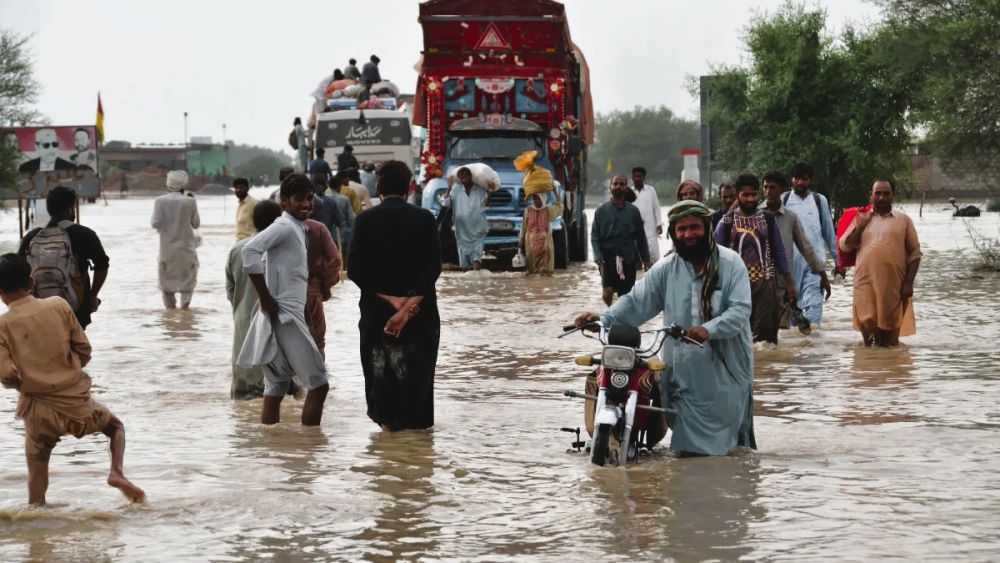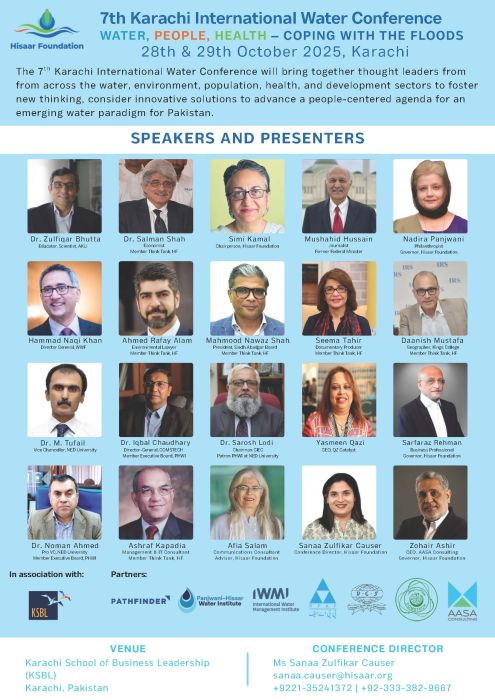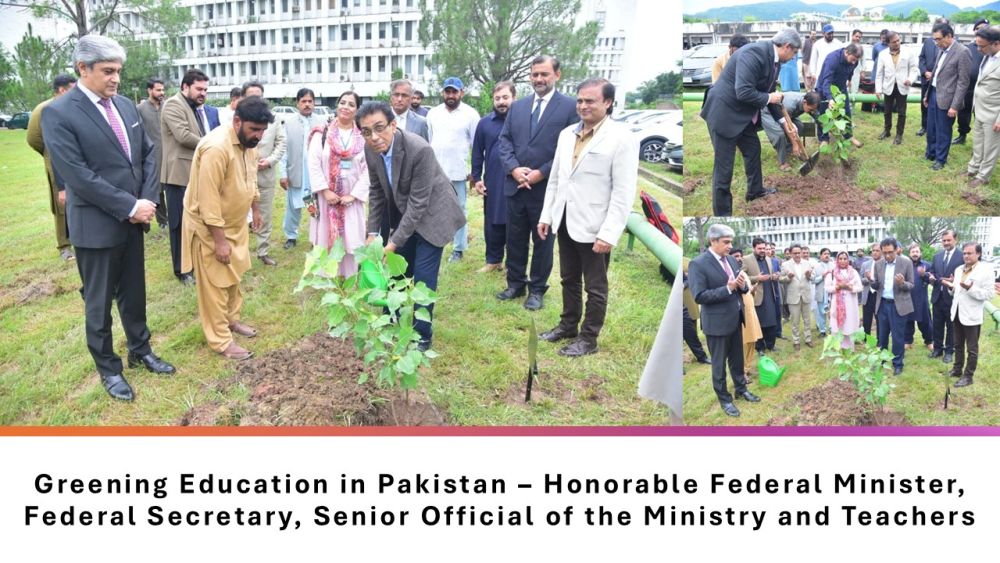54/25 How Pakistan Can Reduce the Damages of Floods? From Crisis to Climate Resilience
Posted 3 months ago
Every few years, Pakistan faces a devastating reminder of its vulnerability to floods. From the great Indus River overflowing its banks to sudden cloudbursts overwhelming urban centers, the country is on the frontlines of one of the world’s most destructive climate realities. The 2010 “super floods” affected nearly 20 million people, while the 2022 floods displaced 33 million and inflicted damage. Each catastrophe brings pledges of reform, yet the cycle continues.
Pakistan needs emergency relief and a comprehensive, future-oriented flood management strategy that blends infrastructure investment, governance reforms, and community resilience. The good news is that models exist, from the Netherlands’ mastery of water control to Bangladesh’s community-based disaster management. Pakistan can adapt to its own geography and governance landscape.
The Infrastructure Imperative
Flood resilience begins with smart infrastructure. Pakistan’s riverine system, dominated by the Indus, requires strong embankments, barrages, and reservoirs. Yet much of this infrastructure is decades old, poorly maintained, and overwhelmed by today’s climate-intensified floods.
Small and medium dams could regulate river flow and store water for irrigation and energy. Upgraded urban drainage systems are urgently needed in megacities like Karachi and Lahore, where monsoon downpours routinely turn streets into rivers.
Innovative Policies for a Changing Climate
Flood management in Pakistan has fragmented procedural matters, often leading to delayed or conflicting responses. A national flood management policy is urgently needed, and provinces are aligned under a unified strategy.
Land-use regulation must also become more than ink on paper. Enforcing zoning laws to keep settlements away from high-risk floodplains will reduce human exposure to disaster. Affordable flood insurance, especially for farmers, could be a financial cushion when waters rise.
At the same time, investment in early warning systems powered by satellites, predictive modeling, and mobile alerts can save thousands of lives. When warnings arrive in time and local languages, communities can act before disaster strikes.
Communities as the First Line of Defense
Flood resilience needs an integrated strategy. Villages and towns are often the first to face rising waters, and local capacity determines survival. Pakistan can scale community-based disaster risk management (CBDRM) programs, training citizens in evacuation drills, first aid, and emergency communications.
Housing design also matters. Elevated, flood-resistant housing in rural areas may cost more upfront but pays back in resilience. Nature-based solutions, such as replanting forests in catchment areas and restoring wetlands, offer cost-effective buffers against floodwaters.
Global Partnerships and Climate Finance
Pakistan cannot shoulder the burden of flood resilience alone. The country contributes less than 1% of global greenhouse emissions but ranks among the most climate-vulnerable. International partnerships with countries like the Netherlands, Japan, and Bangladesh could bring technical expertise, while climate finance mechanisms should be tapped to fund large-scale resilience projects.
Pakistan’s success depends on aligning its climate vulnerability with the global narrative of shared responsibility. As floods displace millions and disrupt supply chains, the consequences ripple far beyond their borders.
From Relief to Resilience
Floods in Pakistan are no longer “natural disasters”; they are predictable consequences of climate change, rapid urbanization, and lessening greening efforts. Each flood that devastates homes and infrastructure is also a missed opportunity to adapt.
Reducing damages requires moving from reactive relief to proactive resilience: building dams and drainage systems, enforcing land-use laws, strengthening disaster authorities, empowering communities, and tapping international partnerships.
If Pakistan succeeds, it will save billions in damages and redefine itself as a climate-resilient economy capable of protecting its people and growth trajectory. The choice is between repeating history or reshaping it.





